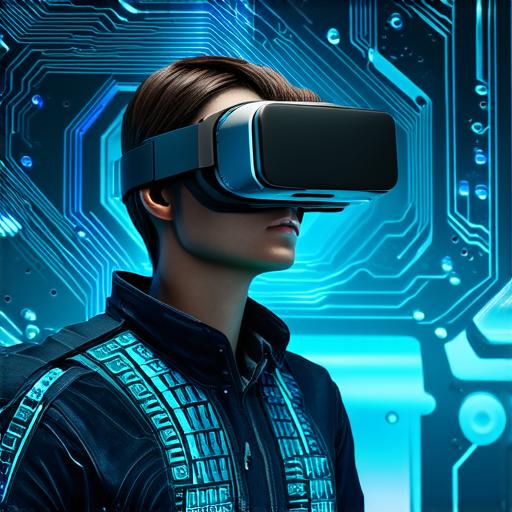
When will virtual reality become accessible?
Virtual reality (VR) is a technology that has been around for decades, but it’s only in the last few years that it’s started to gain traction. With advancements in hardware and software, VR is becoming more accessible and affordable, which means it could soon become a mainstream technology.
Virtual Reality Hardware Advancements
One of the main reasons why VR has become more accessible is because of advancements in hardware. With the release of new, high-end computers and graphics cards, VR systems are now capable of rendering highly immersive environments that were previously impossible. Additionally, new controllers and sensors have been developed that make it easier for users to interact with virtual objects and navigate through virtual worlds.
Virtual Reality Software Advancements
Another factor driving the accessibility of VR is software advancements. With the development of new game engines and tools, developers can now create highly interactive and immersive experiences that were previously only possible in 2D. Additionally, advances in artificial intelligence (AI) and machine learning are allowing VR systems to become more intuitive and responsive, which makes them easier to use for people of all ages and backgrounds.
Virtual Reality Accessibility in Different Industries
Virtual reality is already being used in a variety of industries, including gaming, education, healthcare, and tourism. In gaming, VR systems are allowing developers to create highly immersive experiences that were previously only possible on a screen. In education, VR systems are being used to provide students with virtual field trips to historical sites or to simulate real-world scenarios. In healthcare, VR is being used for surgical training and for pain management. In tourism, VR is allowing travelers to explore remote locations without ever having to leave their living room.
Virtual Reality in the Future of Work

As virtual reality technology continues to advance, it’s likely that we’ll see more and more applications in the future of work. For example, VR could be used for remote collaboration, allowing people from different parts of the world to work together in a virtual environment. It could also be used for training employees in dangerous or hazardous environments, without putting them at risk. Additionally, VR could be used to create more engaging and interactive employee onboarding experiences.
Virtual Reality: The Next Big Thing?
While virtual reality has already made significant strides in recent years, it’s still a relatively new technology. As hardware and software continue to improve, we can expect to see even more exciting applications for VR in the future. Whether it’s gaming, education, healthcare, or tourism, virtual reality is poised to revolutionize the way we experience the world.
In conclusion, virtual reality is becoming more accessible and affordable with advancements in hardware and software. It’s already being used in a variety of industries and will likely continue to drive innovation in those sectors as well as new ones. While it may be some time before VR becomes mainstream, it’s clear that it’s the next big thing on the horizon.


